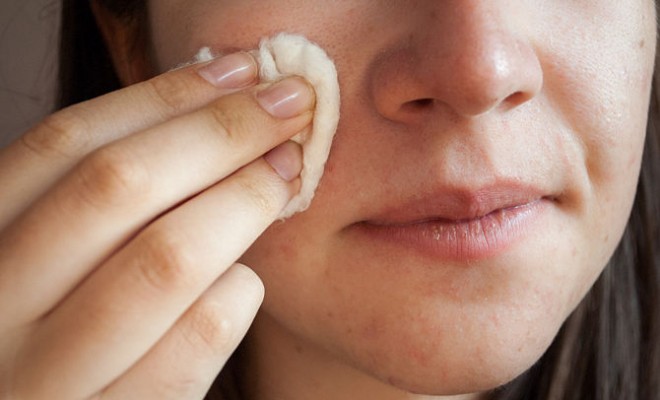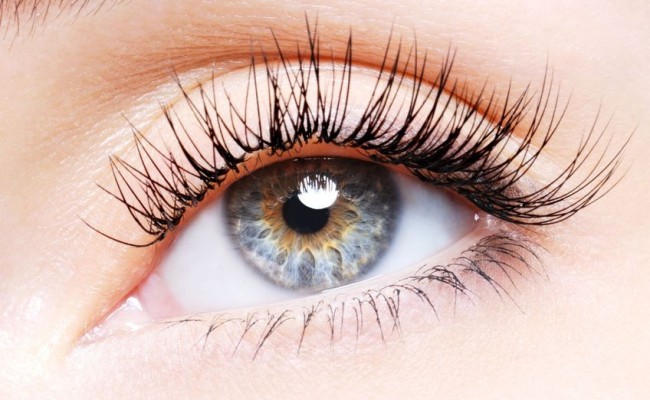
Don’t hide that face!
Suffer from an uneven skin tone? Suddenly discovered patches on your skin? Don’t worry, you aren’t the only one. Pigmentation affects people of all races and ages. Cosmetic dermatologist Dr Sadhana Deshmukh says that the skin is the largest organ of the body and is made up of two layers – the upper epidermis and the lower dermis. “The epidermis and the dermis are further dividing into other layers. The lower most layer of the epidermis is known as the basal layer and contains organelles called melanosomes. These melanosomes contain cells called mesanocytes, which produce a pigment called melanin. The color of skin depends mainly on this melanin and the amount of melanin present in the other layers of the epidermis.” Say Dr Deshmukh.
What is pigmentation?
Pigmentation can be of two types – hypo pigmentation and hyper pigmentation.
Hypo pigmentation (decreases in skin pigmentation) is a condition in which patches of skin become lighter or whiter in color than the normal surrounding skin.
Hyper pigmentation is a common and usually harmless condition in which patches of skin become darker in which color than the normal surrounding skin. This darkening occurs, forms deposits in the skin.
Causes
Pigmentation can be caused due to genetic, sun exposure, stress fluctuating hormones by pregnancy and or by birth control pills, menopause, and insulin resistance, damage to the skin due to injury or overly aggressive skin care treatment or frequent use of hair days.
Dermatologist and cosmetologist Dr Klapana Srangi says that while pigmentation is common, it can often be an embarrassing condition. “Many of us accept brown patches of pigmentation as part of growing older. However, youngsters are easily affected in a negative way when they suffer from imperfect skin. The affecting more women than men, overexposure to sun rays and a daily onslaught of environmental elements such as air pollution and the toxin in our skin, damaging cell walls and connective tissue, making skin appear dull and lackluster. Pigmentation becomes prevent then,” says Dr Sarangi. According to cosmetic, plastic and laser surgeon Dr Lakshyajit D Dhami, people living in tropical climates with harsh sun exposure on a daily basis will have more melanin in their skin. “Medically this defends our skin from the sun’s harmful UV rays. People less exposed to sunlight will have less melanin and resultant fairer skin color. Tanning, which occurs due to overexposure to the sun, is the body’s defense mechanism to prevent any skin burn or cancerous changes in the skin,” he says.
Types
Hyper pigmentation may either be due to increased melanin deposition in the epidermis or dermis.
Miasma: Melasma is uneven production of pigmentation on the face, which presents as dark brown/ black skin patches. Sun exposure is the primary cause while additional factors may include certain medications or health issues, hormonal imbalances caused by pregnancy/ menopause or use of oral contraceptives.
Peri-orbital melanosis: Also known as dark circles, this may be hereditary or caused due to stress or eye strain.
Freckles: freckles are most visible on people who have a light complexion. Having freckles is genetic but sun damage can cause excessive and uneven freckles.
Photo-melanosis: this is increased pigmentation due to sun exposure on exposed skin, commonly on the face, neck. Back and arms. The pigmentation may be patchy or diffused.
Sun burn: a condition commonly encountered in fair skinned people sues to excessive sun exposure.
Precautions and cure
One of best ways to avoid pigmentation is to fastidiously apply a sunscreen with a minimum SPF of 30+, which will block both UVA and UVB light. The sunscreen needs to be applied every three to four hours if you’re outdoors.
Topical creams containing hydroxyl quinine retinoic, topical steroids, alpha hydroxyl acid creams, azoic acid, or comic acid should be used at nighttime together with sun block during the day. Oral use of antioxidants also helps in reducing pigmentation.
If creams do not work, chemical peels, microdermabrasion, or fractional lasers are further treatment options. These producers require multiple sessions at intervals of one to four weeks.
Article source : idiva
Image source : www.topukluhaber.com


